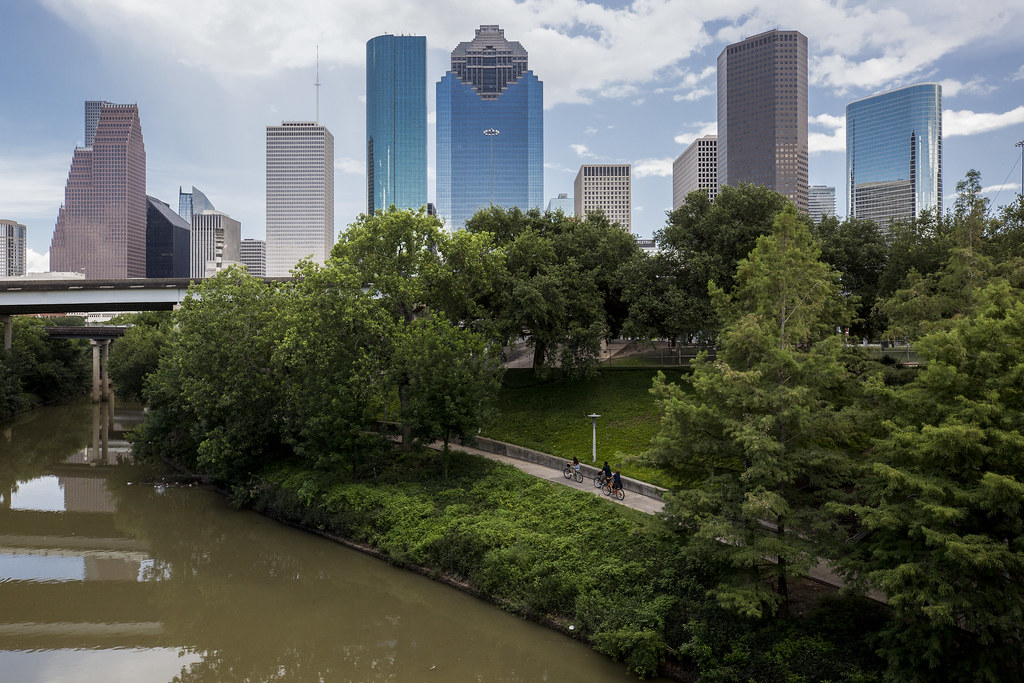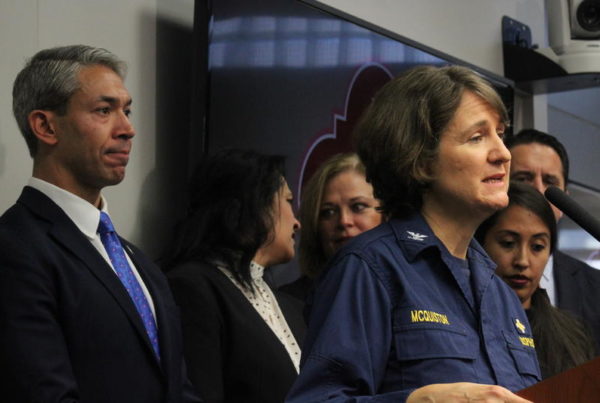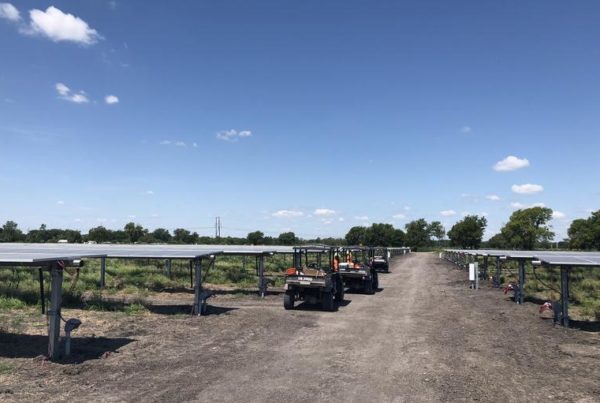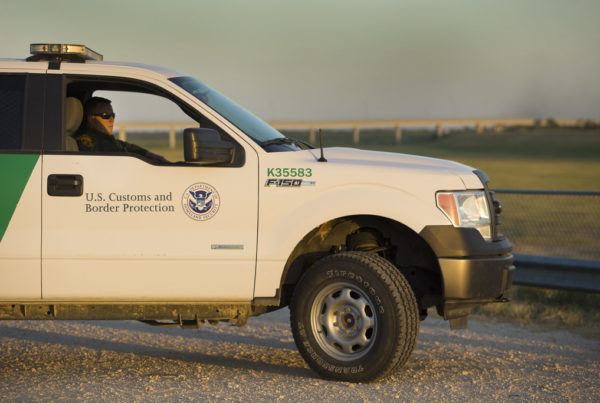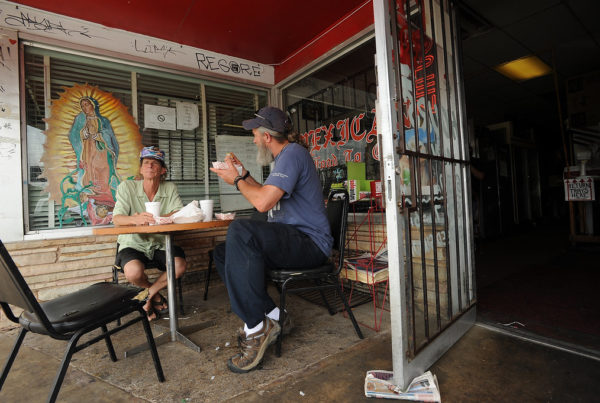With six major flooding events and disaster declarations in each of the past five years, Houston is facing a new normal when it comes to risk from a changing environment. Now, the city is looking to create what Mayor Sylvester Turner calls a “resilient city” in a new, 186-page master plan.
Marissa Aho is the city of Houston’s Chief Resilience Officer, and she says a resilience strategy, as opposed to merely a disaster plan, is meant to “solve for more than one thing at the same time.”
“So that communities can survive, adapt and thrive in the face of changing climate and adversity,” Aho says.
The plan isn’t really a guidebook for the city’s response to a single disaster. Rather, it’s more of a multifaceted plan tailored to different layers of a community – from individuals all the way up to the region.
“[It’s] a framework for recognizing that everybody has a role to play,” Aho says.
One specific part of the plan is to remove all habitable structures from Houston’s floodway. The floodway is the area directly adjacent to a bayou, where water collects in a storm. The city is looking to buy property along the floodway back from homeowners. It’s something the city is already doing on a voluntary basis.
Aho can’t say exactly how much the buyouts could cost. Right now she says the city is looking for organization to partner with before it moves forward with any aspect of the overall plan.
“I will have a busy next year,” Aho says.
Written by Caroline Covington.


